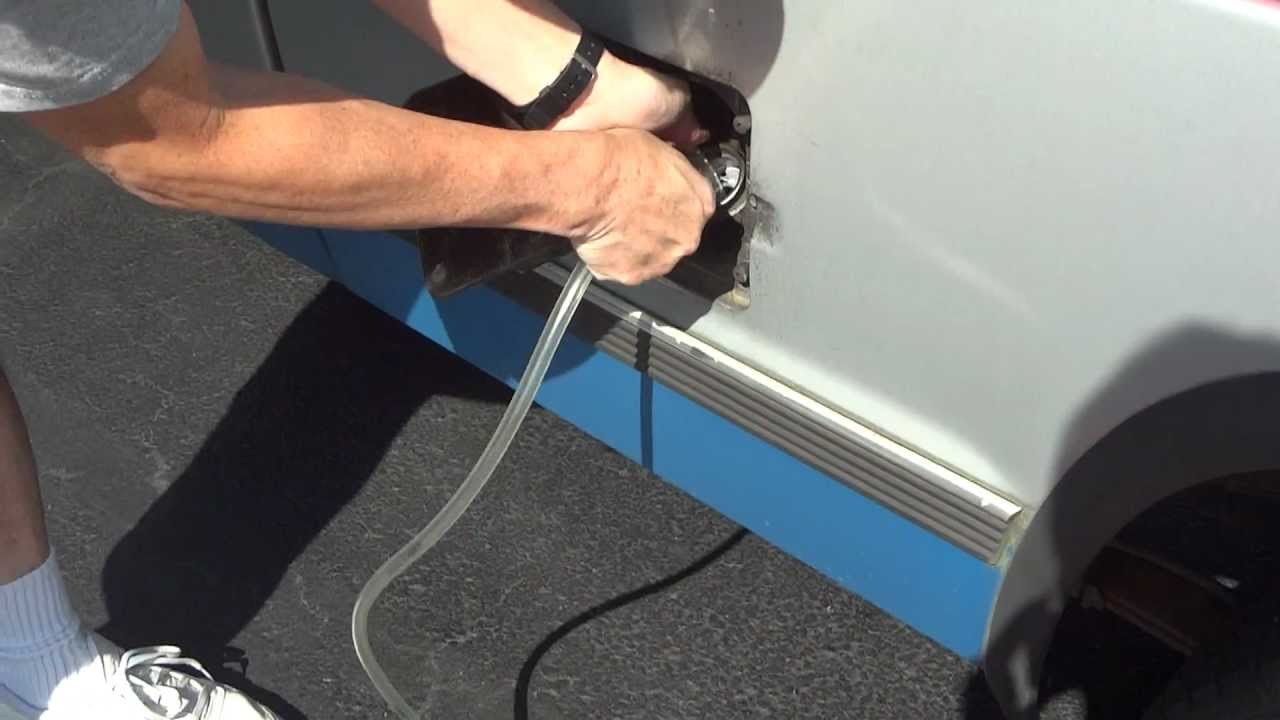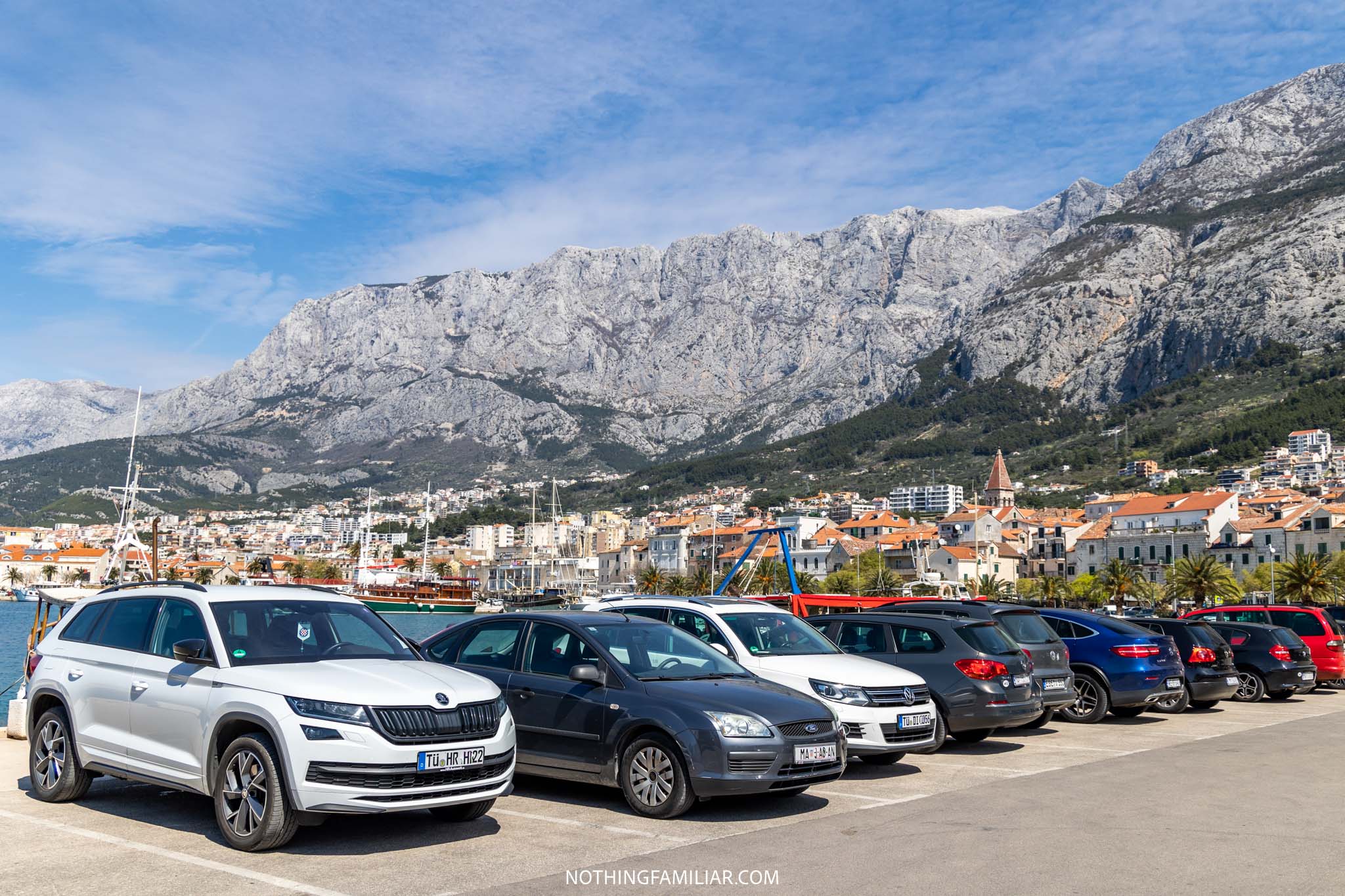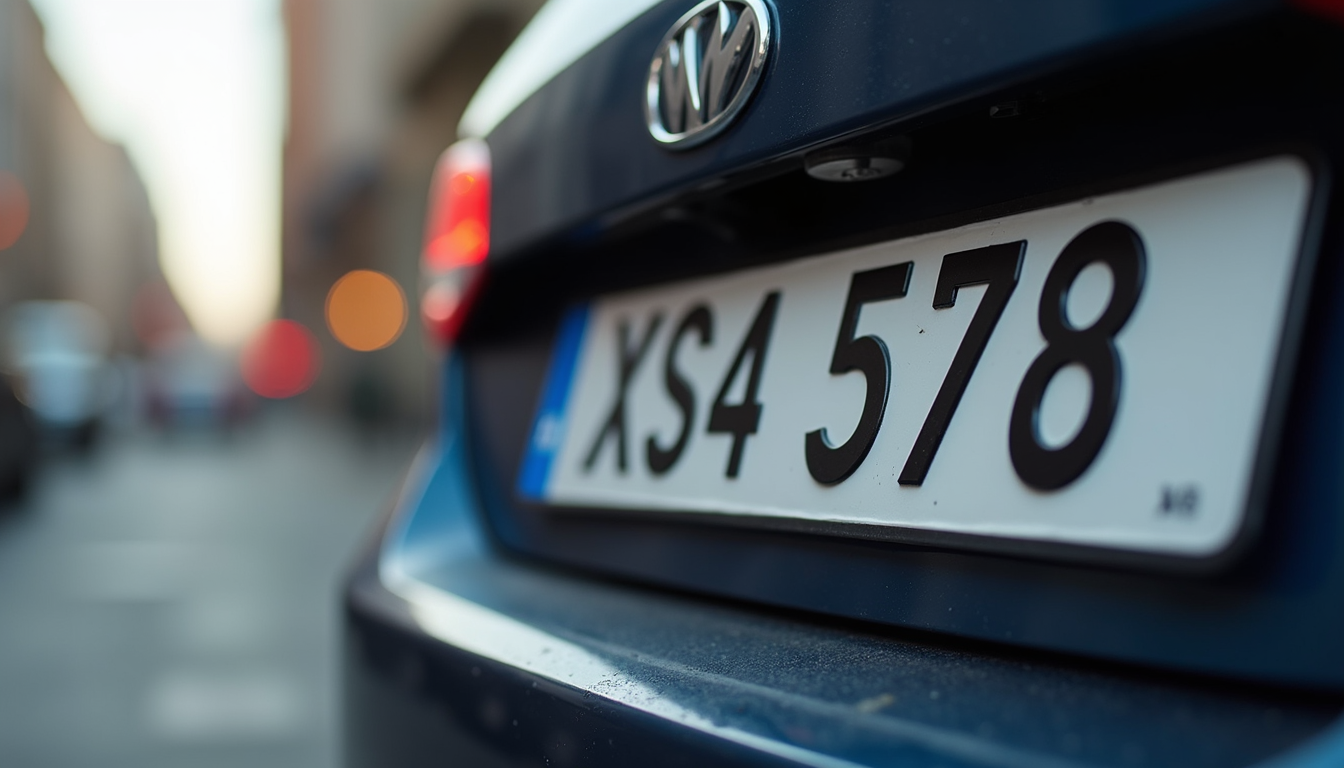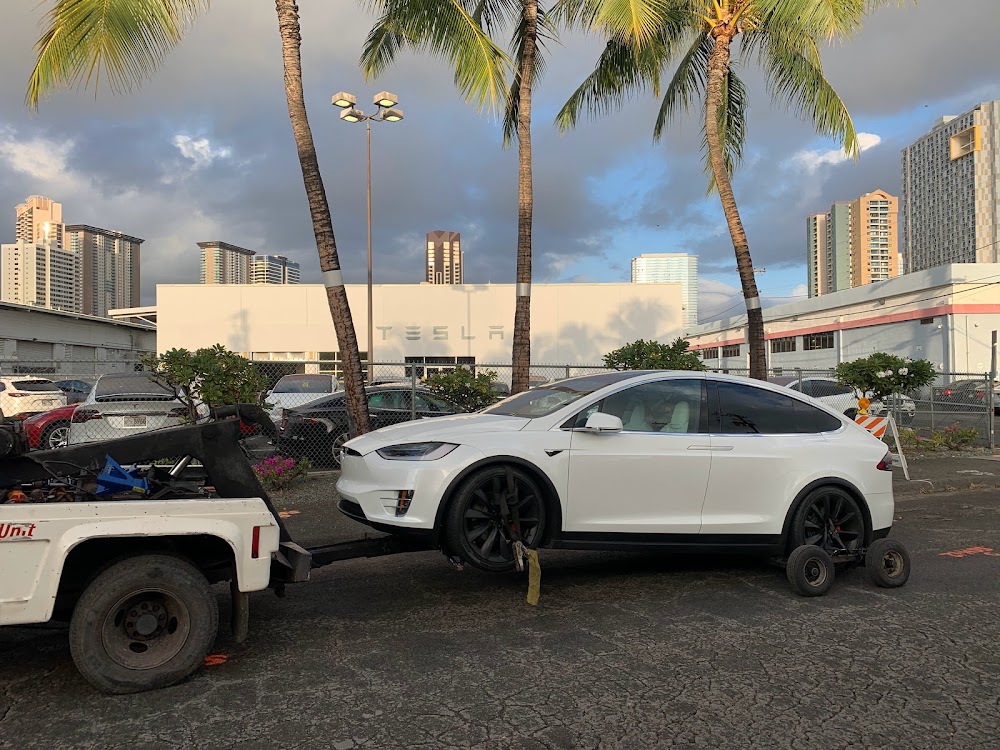To take petrol out of a car, follow these steps
- Safety First: Park your car in a well-ventilated area away from open flames or sparks. Turn off the engine and ensure the car is cool.
- Gather Supplies: You’ll need a fuel siphon or pump, a container to collect the petrol and safety gloves.
- Locate the Fuel Tank: Open the fuel tank cap and locate the fuel tank. Most cars have a fuel inlet that’s accessible from the outside.
- Siphon the Petrol: Insert the siphon hose into the fuel inlet, making sure it reaches the petrol. Pump or siphon out the petrol into your container.
- Dispose of Petrol Safely: Store the petrol in an approved container and dispose of it properly at a recycling center or service station.
- Secure the Fuel System: Close the fuel tank cap securely, and ensure there are no leaks.
What Tools and Supplies Are Needed for Petrol Removal?
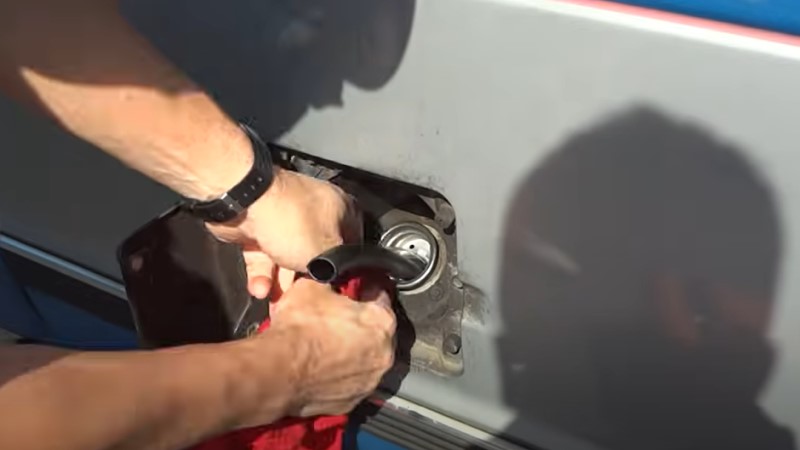
To safely remove petrol from a car, you will require the following essential tools and supplies
Fuel Siphon or Pump
A fuel siphon or pump is the primary tool for extracting petrol from the car’s fuel tank. It enables you to transfer the fuel safely and efficiently.
Safety Gloves
Safety gloves are a crucial safety measure. They protect your hands from direct contact with petrol, which can be harmful to the skin. Opt for chemical-resistant gloves designed for handling hazardous materials.
Safety Goggles
Safety goggles are essential to shield your eyes from potential splashes, fumes, or vapors that may be released during the petrol removal process. Ensure they provide adequate eye protection.
Funnel
A funnel is a practical accessory that helps guide the petrol from the siphon or pump into the collection container. This minimizes the risk of spills and splashes, ensuring a controlled transfer.
Approved Containers
Use containers specifically designed and approved for holding fuel. These containers are constructed to withstand the characteristics of petrol, reducing the risk of leaks or spills. Avoid using makeshift or non-approved containers for safe storage.
Safety Apparel (Optional)
Consider wearing safety apparel such as overalls or coveralls to provide an extra layer of protection for your clothing during the petrol removal process.
Fire Extinguisher (Precautionary)
While not a physical tool, having a fire extinguisher nearby is a precautionary safety measure in case of an emergency or accidental petrol spill. Ensure it is appropriate for use with flammable liquids.
How to Properly Locate the Fuel Tank in a Car?
Properly locating the fuel tank in a car is an essential step when you’re planning to remove petrol. Here’s a step-by-step guide to help you find the fuel tank
Using Visual Clues
Visual clues are often the easiest way to find the fuel tank in your vehicle
Fuel Cap Location: The most common visual clue is the fuel cap location. The fuel cap is usually situated directly above the fuel tank. Check the sides of your car, as the fuel cap location will indicate where the fuel tank is. There may be a small door or cover over the fuel inlet, which provides further confirmation.
Fuel Door Indicators: Many car manufacturers provide additional visual indicators. Look for labels or arrows on the fuel door or near it. These labels often point to the side of the car where the fuel tank is located, helping you easily identify it.
Dashboard Fuel Gauge: Your car’s dashboard typically features a fuel gauge that shows how much petrol you have. Many modern cars also include an icon of a fuel pump with an arrow pointing left or right. This arrow indicates which side of the car the fuel tank is on.
Examination of the Rear
In some vehicles, the fuel tank is located at the rear
Rear Placement: Certain cars have their fuel tank positioned at the rear, often behind the rear axle. If you notice the fuel inlet at the rear of the car, it’s a strong indicator that the fuel tank is in that vicinity.
Fuel Door or Access Point: To confirm the fuel tank’s location, look for a fuel door or access point on the rear side of the car. This is where you would insert the nozzle when refueling, and it aligns with the fuel tank’s position.
Advanced Methods
If the visual clues aren’t sufficient, you can consider more advanced methods
Tracing Fuel Lines: This method involves tracing the fuel lines from the engine compartment to the rear of the car. Fuel lines typically run from the engine to the fuel tank, and by following them, you can identify the tank’s location. However, this should be done cautiously, and if you’re uncertain, it’s best to consult a professional mechanic.
Seeking Professional Assistance: If you’re still unsure about locating the fuel tank or want expert guidance, it’s advisable to consult a professional mechanic. They have the experience and knowledge to accurately identify the fuel tank’s location in your specific vehicle.
What safety precautions should I take before removing petrol from my car?
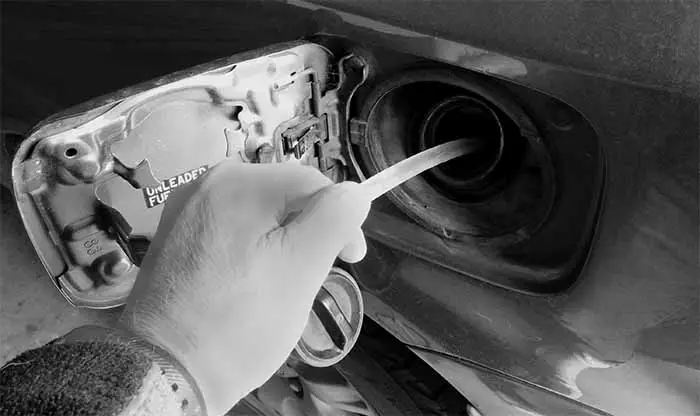
Before removing petrol from your car, it’s essential to take several safety precautions to ensure the process is safe for you and those around you.
Work in a Well-Ventilated Area
Choose an outdoor location or a well-ventilated area with good airflow for petrol removal. Adequate ventilation helps disperse any potentially harmful fumes and prevents the buildup of flammable vapors.
Wear Appropriate Safety Gear
Put on safety gear to protect yourself from potential hazards. This gear should include:
- Safety Gloves: Wear chemical-resistant gloves to shield your hands from direct contact with petrol.
- Safety Goggles: Use safety goggles to protect your eyes from splashes, fumes, or vapors.
Have a Fire Extinguisher On Hand
Keep a fire extinguisher nearby and ensure it is rated for use with flammable liquids. Familiarize yourself with its operation in case of emergencies.
Disconnect the Car Battery
As a precaution, disconnect the car’s battery to prevent any electrical sparks or ignition sources while working with petrol.
Identify the Fuel Tank Location
Properly locate the fuel tank in your car to avoid confusion and potential damage during the removal process. Consult your vehicle’s manual for specific guidance.
Gather Necessary Tools and Supplies
Ensure you have all the required tools and supplies, including a fuel siphon or pump, approved containers, safety equipment, and a funnel to facilitate the process.
Avoid Smoking or Open Flames
Do not smoke or have open flames, such as candles or pilot lights, in the vicinity of the petrol removal area. Petrol fumes are highly flammable and can be ignited by even small sparks.
Ground Yourself
Before handling the fuel pump or any electrical components, ground yourself by touching a metal part of the car’s frame. This helps discharge any static electricity and reduces the risk of sparks.
Prevent Spills and Contamination
Use a funnel to minimize spills when transferring petrol. Keep absorbent materials, like kitty litter or sand, nearby in case of spills, and be prepared to clean them up promptly.
Dispose of Petrol Properly
After the removal process, dispose of the collected petrol at a recycling center or a service station with facilities for safe disposal. Do not pour it down the drain, toss it in the trash, or dispose of it improperly.
Seek Professional Assistance (If Needed)
If you’re unsure about the petrol removal process or don’t have the necessary equipment and expertise, consider seeking assistance from a professional mechanic or a service station. They can handle the task safely and efficiently.
FAQ
How long can gas sit in a car?
Gasoline can typically sit in a car’s tank for about three to six months before it starts to degrade. Using a fuel stabilizer can extend this period.
How long does petrol last?
Petrol can last for several months to a year in your car’s tank, but its quality may deteriorate over time. It’s best to use it within six months for optimal performance.
How do you fix bad gas in a car?
To fix bad gas in your car, you may need to drain the old gas, clean the fuel system, and refill it with fresh fuel. Consult a mechanic if needed.
What are the signs of bad gas in a car?
Signs of bad gas include engine misfires, poor fuel efficiency, rough idling, and engine knocking. If you experience these issues, it might be due to bad gas.
Can gas damage your engine?
Low-quality or contaminated gas can potentially damage your engine over time. It’s essential to use clean and high-quality fuel to avoid engine problems.
Can gas ruin an engine?
Yes, it can ruin your car engine. Prolonged use of poor-quality or contaminated gasoline can lead to engine damage, affecting its performance and longevity.
What can ruin a car engine?
Several factors can ruin a car engine, including poor maintenance, overheating, insufficient lubrication, and using low-quality fuel.
Is it bad to drive with low fuel?
Driving with low fuel isn’t necessarily harmful to your car, but it can increase the risk of running out of gas. It’s advisable to keep your tank at least a quarter full to avoid potential issues.
Can I put gas mixed with oil in my car?
No, it’s not advisable to put gas mixed with oil in your car unless you have a two-stroke engine specifically designed for this type of fuel mixture. Using such a mixture in a regular car can damage the engine.
Final words
In conclusion, safely removing petrol from your car is a task that demands careful attention and responsibility. By following the steps and safety measures outlined in this guide, you can ensure a smooth and risk-free petrol removal process.
Always remember to prioritize safety, gather the necessary tools, and follow local regulations for proper disposal. Whether it’s for maintenance, emergencies, or any other reason, handling petrol with care is essential to keep you and your surroundings safe.







